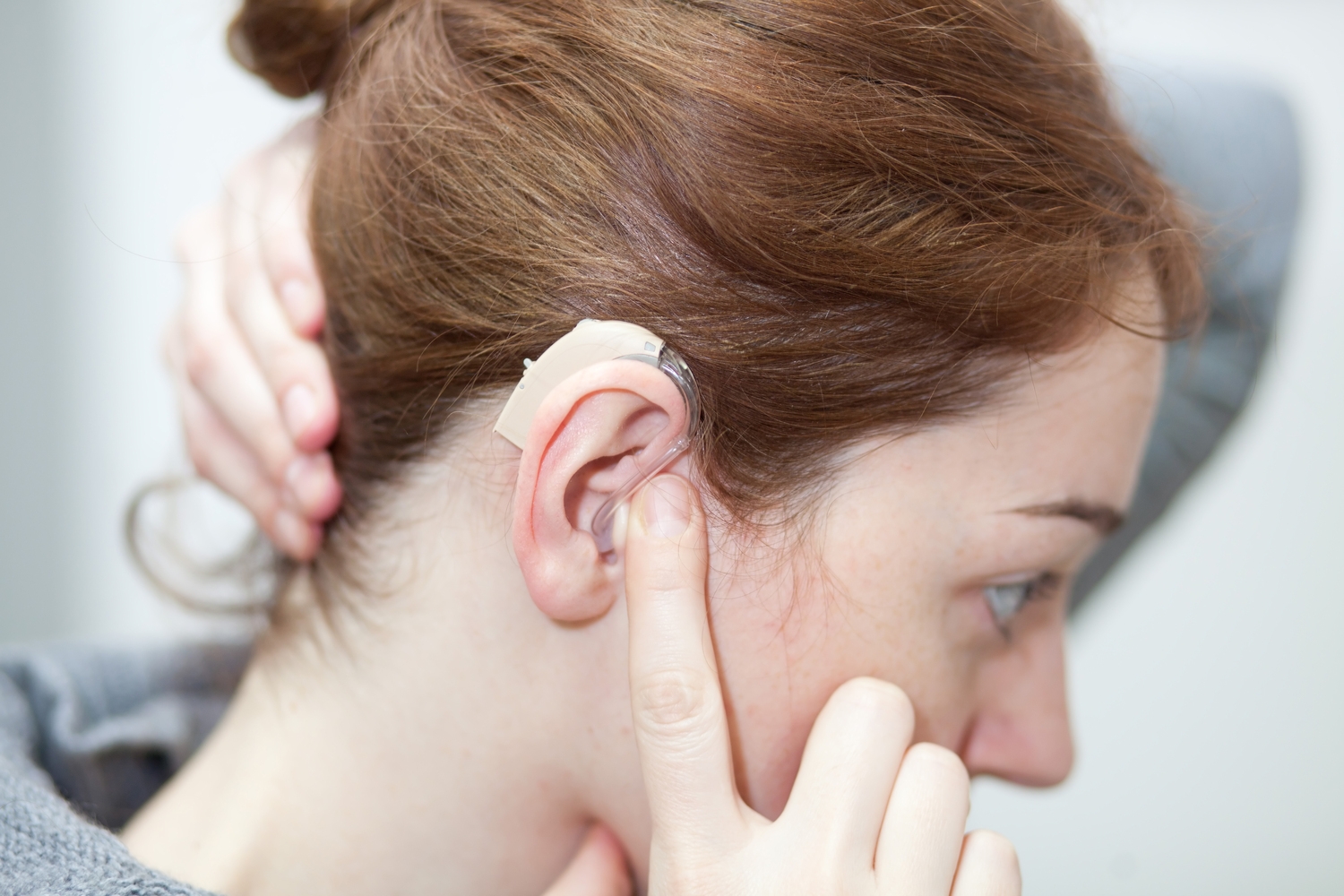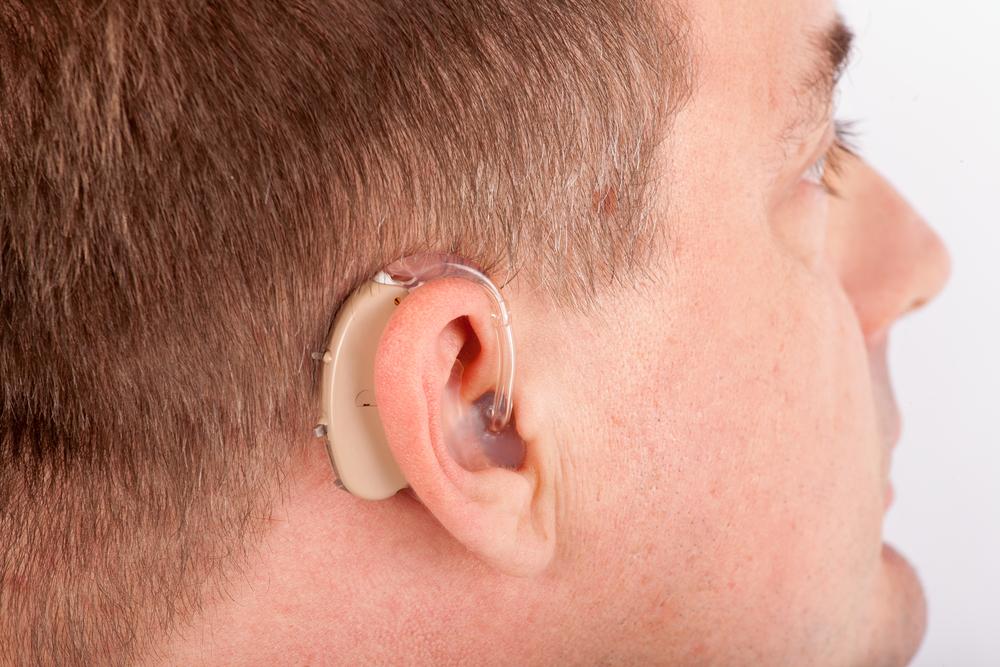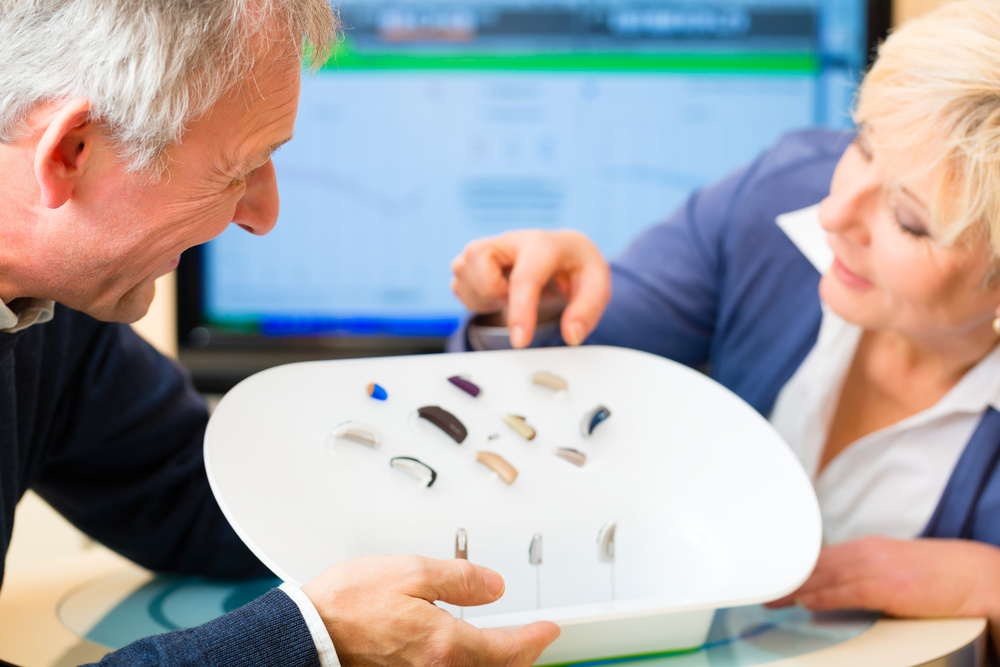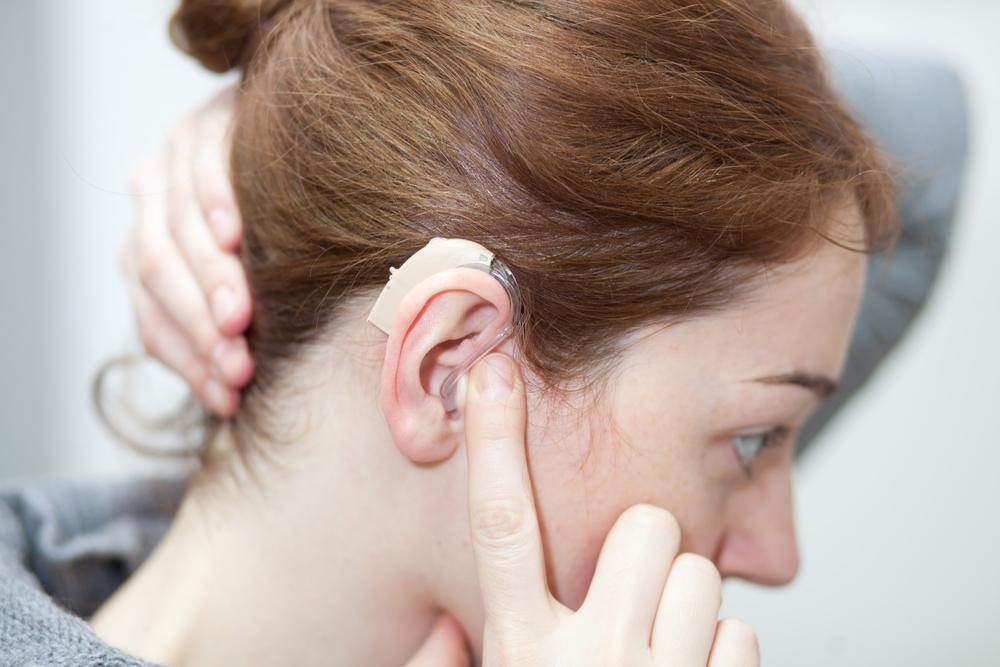Comprehensive Guide to Choosing the Ideal Hearing Aids for Better Hearing Health
Discover an extensive guide on selecting the right hearing aids to improve your hearing quality and daily life. Learn about types, features, top brands, and expert tips to make an informed purchase. Prioritize comfort, performance, and technology advances for optimal hearing health and communication.
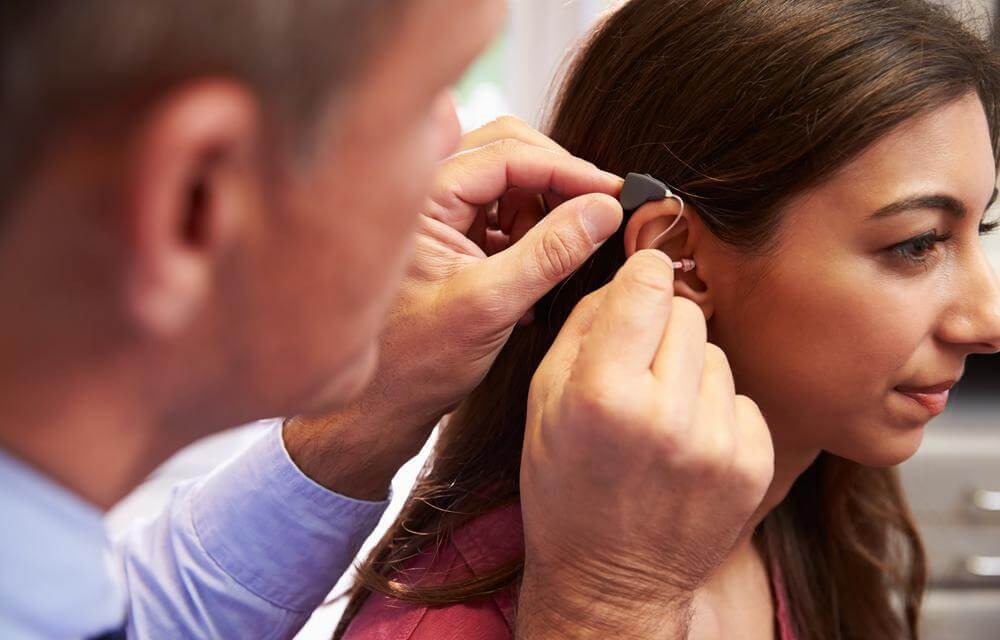
Expert Tips for Selecting the Perfect Hearing Aid
How to Choose the Most Suitable Hearing Device for Your Needs
Living in a world rich with sounds—from the melodies of music to the comforting voices of loved ones—relies heavily on our ability to hear clearly. Hearing is an essential sense that connects us to our environment, enhances communication, and enriches our experiences. However, many individuals face challenges due to hearing impairments, which can significantly diminish the quality of life.
Fortunately, advancements in science and technology have revolutionized the way we address hearing loss. Today, modern hearing devices like hearing aids offer hope and improved quality of life for millions around the world. Whether you're experiencing mild hearing difficulties or more severe impairments, understanding how to select the right hearing device is crucial for achieving optimal hearing health and comfort.
One of the most significant innovations in hearing health is the development of advanced hearing aids that help users listen clearly and communicate effectively. The process of choosing the perfect hearing aid involves understanding various factors, including the device's operation, types, features, and brands. Selecting the right device can improve daily interactions, enhance safety, and restore confidence in social situations.
Below, we explore key considerations and provide comprehensive guidance to help you make an informed decision about your hearing health:
Understanding How Hearing Aids Work
Most modern hearing aids operate through three essential components: the microphone, the amplifier, and the speaker.
Microphone: Captures sounds from your environment, converting acoustic signals into electrical signals for processing.
Amplifier: Processes and amplifies the electrical signals, adjusting sound levels to match your specific hearing loss.
Speaker (Receiver): Delivers the processed sound into your ear canal, allowing you to hear more clearly.
Understanding these components helps in evaluating what features are essential for your specific needs and preferences.
Types of Hearing Aids: Analog vs. Digital
When considering hearing aids, two primary types are available: analog and digital. Each has its advantages and considerations.
Analog Hearing Aids
Converting sound into electrical signals, analog hearing aids amplify sound waves directly. They are generally less expensive and easier to operate, making them suitable for individuals with simple hearing needs. However, they offer less customization in filtering different sound frequencies, which can be a limitation in noisy environments.
Digital Hearing Aids
These convert incoming sound into digital signals, allowing for precise control over amplification across various frequencies. Digital devices can be fine-tuned to individual hearing profiles, providing a more natural listening experience. They also typically include features like noise reduction, feedback cancellation, and connectivity options, making them more versatile and effective for complex hearing loss cases.
Different Types of Hearing Aid Devices
Hearing aids come in various sizes and configurations to suit different comfort levels and aesthetic preferences. These include:
Invisible-In-The-Canal (IIC): Extremely discreet, fits deep inside the ear canal, suitable for mild to moderate hearing loss.
Completely-In-Canal (CIC): Small and discreet, fits entirely inside the ear canal, offering a natural look.
In-The-Canal (ITC): Slightly larger than CIC, fits partly in the ear canal, provides easier handling.
In-The-Ear (ITE): Fits completely inside the outer ear, suitable for moderate to severe loss, easier to handle for some users.
Receiver-In-Canal (RIC): Features a receiver in the canal, invisible from the outside, offers good sound quality.
Behind-The-Ear (BTE): Sits comfortably behind the ear, connected via a tube or wire to an earmold inside the ear, suitable for all levels of hearing loss.
Tips for Choosing the Right Hearing Aid
With numerous options available, selecting the most suitable hearing aid involves considering several factors:
Sound Quality: Ensure the device provides clear, natural sound that meets your hearing needs.
Comfort and Fit: Try on different models to assess comfort; improper fit can affect effectiveness and cause discomfort.
Environmental Performance: Test the device in various environments such as quiet rooms, noisy public places, and social settings to evaluate performance.
Compatibility: Check if the hearing aid connects seamlessly with your mobile devices, such as smartphones or tablets.
Features and Settings: Consider additional features like Bluetooth connectivity, remote controls, or rechargeable batteries to enhance convenience.
Leading Hearing Aid Brands to Consider
When choosing a brand, reputation for quality, durability, and technological innovation are key factors. Some of the top brands in the industry include:
Miracle-Ear
ReSound
Phonak
Oticon
Beltone
Embrace Hearing
Signia
Starkey
Widex
Zounds
Each of these brands offers a range of models tailored to different hearing requirements and lifestyles, ensuring that you can find a device that aligns with your unique needs.
Final Considerations and Expert Advice
Choosing the perfect hearing aid involves balancing performance, comfort, and budget. It is advisable to consult with an audiologist or hearing specialist who can perform hearing assessments and provide personalized recommendations. Remember to consider after-sales services like warranty, maintenance, and local support to ensure your hearing device remains in optimal condition.
Investing time and effort into selecting the right hearing aid can significantly improve your ability to connect with your environment and loved ones, ultimately leading to a more fulfilling and independent life. Don't rush the process—take the time to compare features, try different models, and seek professional guidance to make the best decision for your hearing health.

